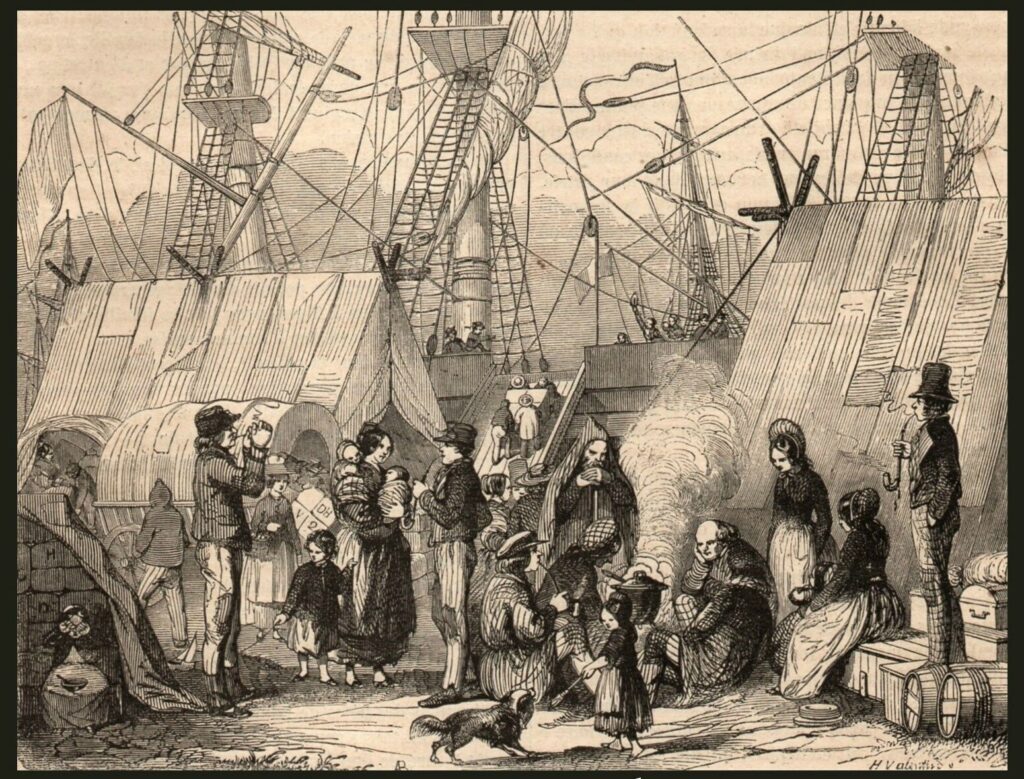Original Nationality of Alsatians Who Emigrated to the USA – part 2
In the first part of this article (click here to read it), we explored the reasons that created confusion about the original nationality of Alsatians emigrating to the United States. Below, I present a few more points to consider.
Official documents further reinforced this perception. After the annexation of 1871, Alsatians emigrated with passports issued by the German Empire, officially designating them as citizens of the empire. Even before this period, distinctions between Alsatians and Germans were often poorly understood in French administrative documents. Upon arriving in the United States, these papers were taken at face value, and Alsatians were classified as German immigrants, deepening the confusion surrounding their true origins.
Sometimes, Alsatians emigrated alongside Germans, and these groups would present themselves together at American immigration offices. In such cases, immigration officers, who already tended to simplify the distinctions between various European origins, often didn’t bother to differentiate between Alsatians and Germans. The close proximity between the two groups, combined with a shared language and similar administrative documents, made it easier for the Alsatians to be lumped in with the Germans.

Emigrants Camped On The Port
It is also important to note that many Alsatians who emigrated to the U.S. came from lower social classes and were often poorly educated. Due to their low level of literacy, they sometimes struggled to complete official immigration forms or make themselves understood by American authorities. This situation made them even more vulnerable to identification errors, as immigration officers primarily relied on oral information or incomplete documents. The combination of illiteracy and socio-economic status further cemented their misidentification as Germans.
A crucial aspect of this confusion was the limited geographical and linguistic knowledge of American officials. These officials, often poorly informed about the complex realities of Europe, did not always distinguish between different German-speaking regions, such as Alsace and Germany. To simplify administrative procedures, Alsatians were often categorized as German immigrants, simply because they spoke a Germanic dialect or carried administrative documents tying them to the German Empire. The language barrier, along with a limited understanding of European geography, played a significant role in this oversimplified identity classification.
In conclusion, the perception of Alsatians as Germans stemmed from many factors: the influence of the Holy Roman Empire, the German annexation of 1871, the Alsatian language, customs, and Germanic-sounding surnames. Official documents and the lack of knowledge among American officials further contributed to this confusion.
The various points discussed may explain why, in many official documents, such as censuses, the nationality of Alsatians (or their country of origin) was incorrectly indicated as “German”.

